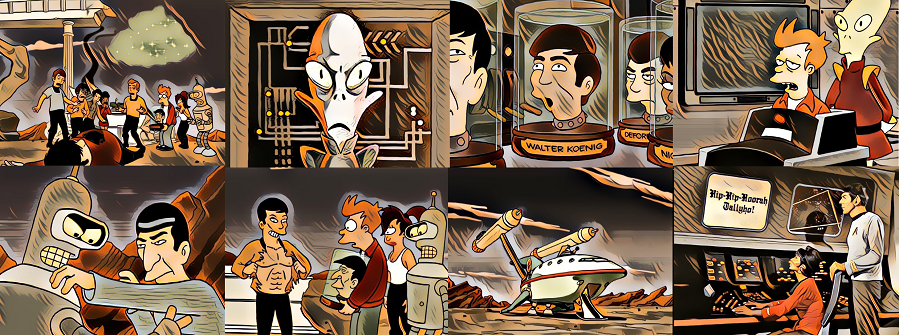

Hey! If any of you are looking for any last-minute gift ideas for me, I have one.
I’d like Weyoun right here tonight. I want him brought from his happy holiday slumber over there on Cardassia with all the other Cardies, and I want him brought right here! With a big ribbon on his head! I want to look him straight in the eye, and I want to tell him what a cheap, lying, no-good, rotten, four-flushing, low-life, snake-licking, dirt-eating, inbred, overstuffed, ignorant, blood-sucking, dog-kissing, brainless, dickless, hopeless, heartless, fat-assed, bug-eyed, stiff-legged, spotty-lipped, worm-headed sack of monkey shit he is! HALLELUJAH! HOLY SHIT! Where’s the hypospray?













No refunds. Force majeure. Read the back of your tickets.